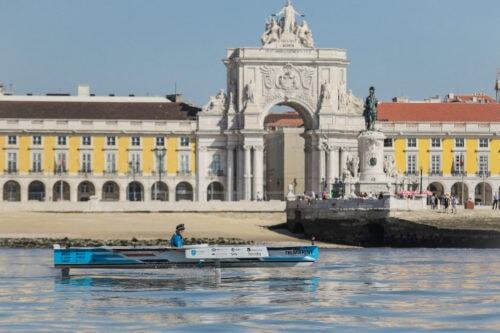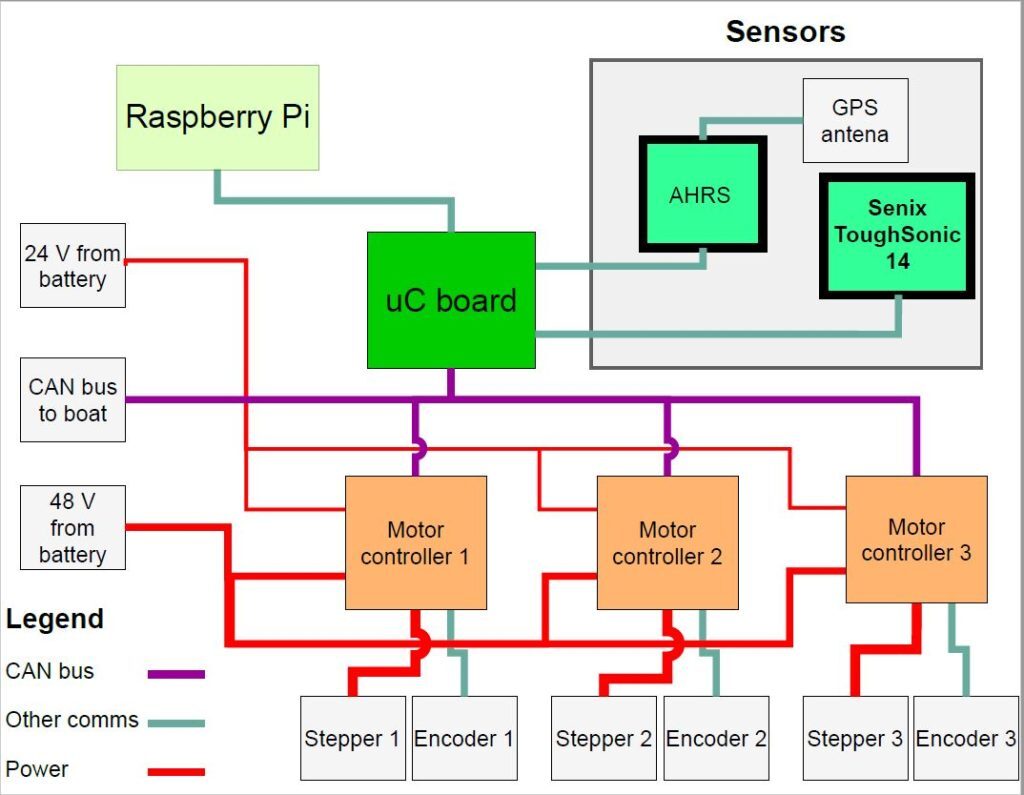Tecnico Solar Boat Harnesses the Power of ToughSonic® Sensors
ToughSonic® sensors have been utilized for hydrofoil control on various vessels, but Técnico Solar Boat is a particularly unique application.
The Técnico Solar Boat team consists of cross-degree engineering students, all working toward the development of boats powered by renewable energy. Students are studying at Instituto Superior Técnico, a major engineering university in Portugal. Their main purpose is to participate in worldwide competitions and gain valuable experience.
They came in second place in the Monaco Solar & Energy Boat Challenge in 2019. Due to a lack of competitions in 2020 due to COVID-19, they decided to do their own event and challenge themselves with a tour of Portugal. The "Odisseia 2020" consisted of 4 journeys: one in Douro River, one in Tagus River, one along the natural park of Arrabida, and a final leg in Algarve, along the southern coast of Portugal. 
Senix Takes to The Sea
The intentions of Odisseia 2020 were to show off the vessel to the public and put the students' hard work to the test. Before the race, Técnico Solar Boat had a lot of improvements done, including the installation of a Senix ToughSonic sensor to control the hydrofoils.
Hydrofoils allow a boat to elevate itself over the water in such a way that the hull doesn’t touch the surface. This is a way to reduce the drag forces exerted on the boat, thus allowing it to consume less energy while reaching the same speeds. Técnico has been working on the implementation of hydrofoils since the beginning of their project in 2015.
How Hydrofoils Work
To maintain a stable and level "flight," the hydrofoils’ angle of attack must be adjusted in real time. These adjustments must be calculated precisely, and for that, a controller must be designed. Senix ToughSonic sensors are mindfully placed on the vessel and deliver data directly to the Técnico controller.
To calculate the adjustments, the controller uses seven state variables: 
- Distance to the water line
- Pitch
- Pitch’s rate of change
- Roll
- Roll’s rate of change
- Vertical speed
- Horizontal speed
It uses an attitude and heading reference system (AHRS) to estimate six of these variables to control the boat. For the Técnico Solar Boat, the seventh state variable is obtained using the Senix’s ToughSonic 14 Ultrasonic Sensor. The sensor is used to measure the bow’s distance to the water line. See how all measurements, electronics, and the ToughSonic 14 come together in the figure to the right.
The controller combines these seven variables and applies its optimal state feedback gains to the state vector to find the right angle of attack of the hydrofoils, which is updated every 50 milliseconds. Data is sent to the stepper’s motor controllers, which directly move the hydrofoils. The system also has a main microcontroller, which communicates with all the sensors and has the foil’s controller coded into it.
The results of Odisseia 2020 were very successful; the team managed to make the vessel fly in different kinds of conditions like ocean waves, river currents, windy conditions, and more. This wouldn't have been possible without ToughSonic.
For more information on how Senix can help with your application, contact us at info@senix.com or click here.

